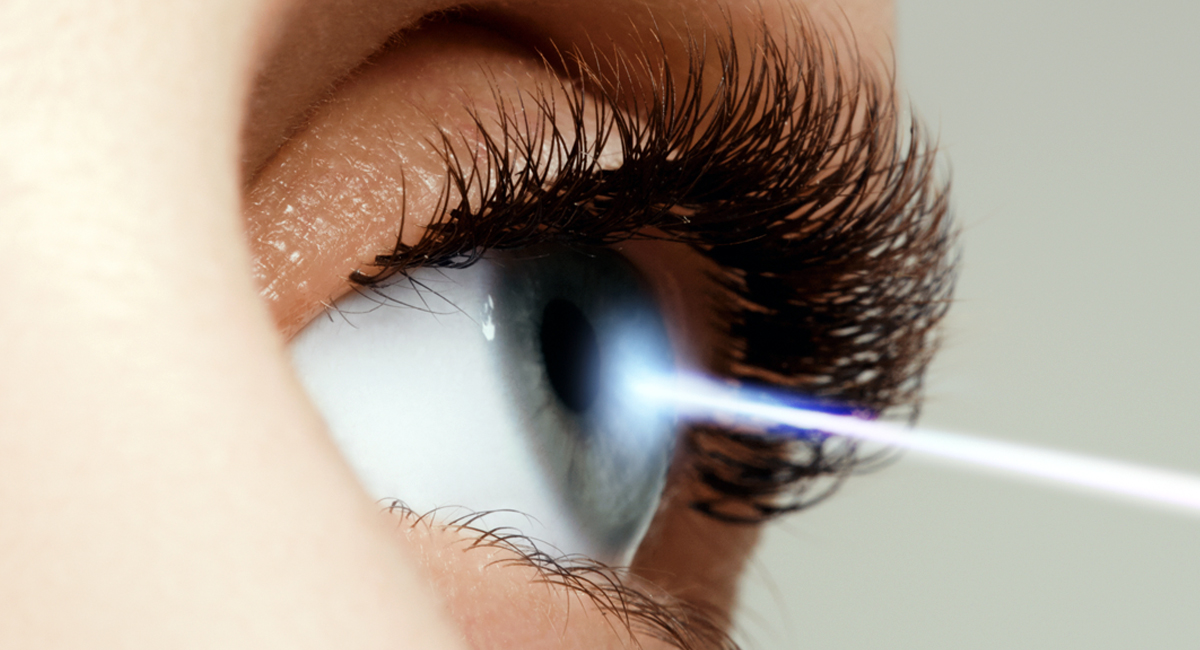

COURTESY PHOTO
Sea turtles are among the oldest creatures on Earth. Sadly, all species of sea turtle are listed as endangered, and many face the threat of extinction. This is due, in part, to erosion of the beaches where they build their nests and human interference.
That’s the report from biologist Sarah Hirsch, who monitors sea turtles and their nests on two Atlantic beaches in Southeast Florida.
“We have a lot of work to do to protect sea turtles,” asserts Sarah, 37. “We’re studying the creatures and monitoring their populations to get an idea of how they’re doing. We determine what threats they face and figure out what we can do to manage those threats.
“This year was actually a record-breaking year. We identified more sea turtle nests than ever before. But this year was also dry with high temperatures, which meant the nests didn’t have as much reproductive success. The number of hatchlings that made it out of the nests wasn’t as high as past years.
“So there are two sides to the story. We see the nest numbers, and it looks great. But we also have to consider if those nests are producing hatchlings for the next generation of sea turtles.”
Sarah works mainly in north Palm Beach County, monitoring sea turtle activity on Juno and Jupiter beaches. Although it can require long hours, she really enjoys her job.
“What I like best is that there’s never a dull moment,” she states. “Working with wildlife, you just never know what’s going to happen next. I also like that I don’t have to sit in front of a computer from 9 to 5 every day.”
Her profession requires keen observation skills, so vision is important. For years, Sarah wore contact lenses to correct her nearsightedness, but several factors, including environmental conditions, can make wearing contact lenses uncomfortable.
“It’s challenging to wear contacts while working on the beach,” Sarah elaborates. “The sand, wind and other elements made my eyes really dry. Sometimes, I work the night shift, so I’d have the contacts in my eyes for a very long time. Because I was wearing contacts all the time out in the elements, my eyes watered constantly. It was getting so that wearing contacts wasn’t convenient or fun.”
Seeking an alternative to contact lenses, Sarah recently began to consider laser vision correction surgery.
“I wanted to stop wearing contacts and avoid all that eye watering,” she says. “I thought about it for a long time and finally took the plunge. I went online and researched practices that offered the procedure and went for a few consultations.
“The team I liked the most was at The Dry Eye Spa & V.I.P. Laser Eye Center. They were super friendly and informative. They explained everything and made me feel comfortable about my decision.”
LASIK or LASEK?
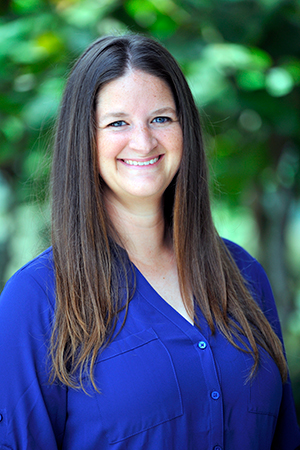

COURTESY PHOTO
Sarah was nearsighted with mild astigmatism and found working on beaches wearing contacts inconvenient and uncomfortable. After LASEK, she now has better than 20/20 vision.
The Dry Eye Spa & V.I.P. Laser Eye Center is the Palm Beach Gardens practice of Clifford L. Salinger, MD, a corneal specialist and dry eye expert.
“We initially met Ms. Hirsch in October 2022,” the doctor reports. “She was nearsighted with mild astigmatism, which is an irregular shape of the cornea, the clear window at the front of the eye.”
After examining Sarah’s eyes, Dr. Salinger explained that there are multiple types of laser vision correction. One is LASIK, or laser-assisted in situ keratomileusis, during which a flap is created on the cornea’s surface using a laser. This flap is lifted, and the laser is applied to reshape the cornea’s underlying tissue. The flap is then repositioned.
“During LASIK, however, tiny nerve endings in the cornea are severed that do not grow back 100 percent,” the doctor explains. “As a result, patients are at risk for developing dry eye issues or a worsening of any preexisting dry eye condition.”
Another procedure is LASEK, or laser-assisted sub-epithelial keratectomy. During LASEK, the surgeon uses a laser to remove only the cornea’s outer layer, called the epithelium, much like a wallpaper is peeled from a wall.
“The laser is then applied to the surface of the cornea to reshape it,” Dr. Salinger details. “The wallpaper grows back like we were never there, and the ultimate vision results are equivalent to LASIK.
“We recommended LASEK for Ms. Hirsch because it is a surface procedure, and I strongly believe it is safer. There’s no cutting of the cornea and no destruction or interference with the corneal nerves, so people undergoing LASEK are not at significant risk for dry eye issues.”
So why doesn’t everybody choose LASEK over LASIK? The answer is slower healing.
“Most people want immediate results, and with LASIK, patients typically wake up the next day and say, Wow. Look how clear my vision is,” the doctor notes. “With LASEK, we intentionally create a large abrasion on the eye, and it generally takes a few weeks for the patient’s vision to completely focus in and be clear.
“The patient’s vision tends to be blurry the first week after LASEK, then gets better over the second and third weeks. It continues to improve, and usually around the one-month visit, the vision is tuned in and quite good. Whereas with LASIK, the healing takes place within a week.”
Dr. Salinger and his staff view laser vision correction as a lifetime investment in the patient’s vision, so they promote safety first.
“LASIK may have that wow factor, but there’s the trade-off of potentially making dry eye issues worse or creating dry eye or other issues that did not preexist,” he concludes.
“I Can See Everything”
Sarah accepted the doctor’s recommendation and underwent LASEK on December 21, 2022. Dr. Salinger reports that by the end of January – five weeks postoperatively – Sarah had 20/25 vision without glasses or contacts in her right eye and 20/20 vision in her left eye.
“My surgery worked out great,” Sarah enthuses. “I’m contacts-free, and I can see everything. And my eyes aren’t watering like they used to because they’re not irritated by the contacts




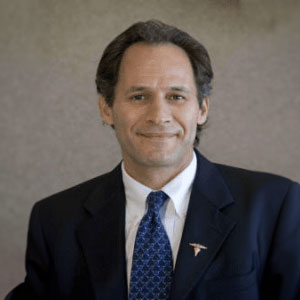
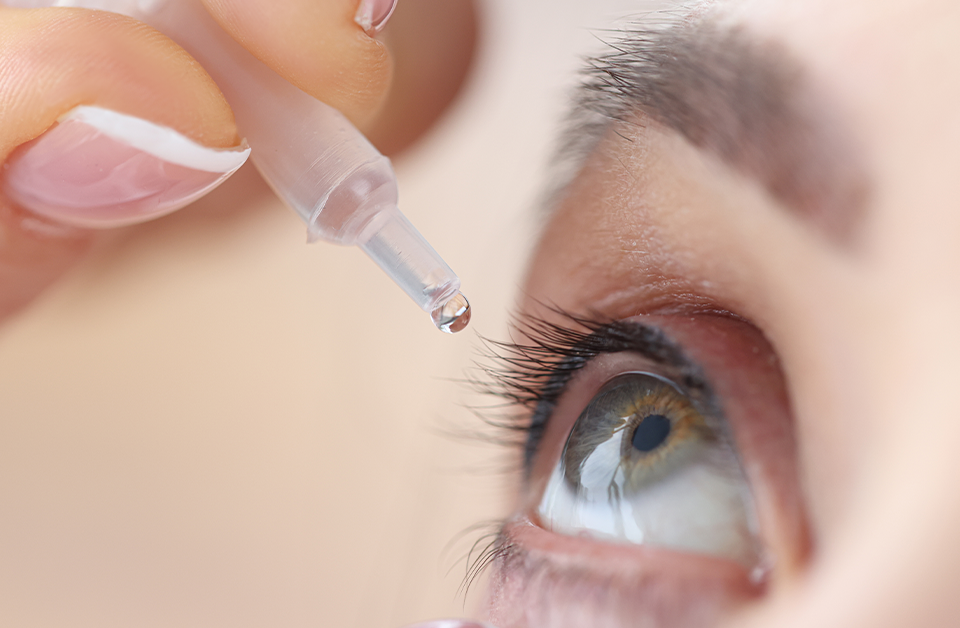

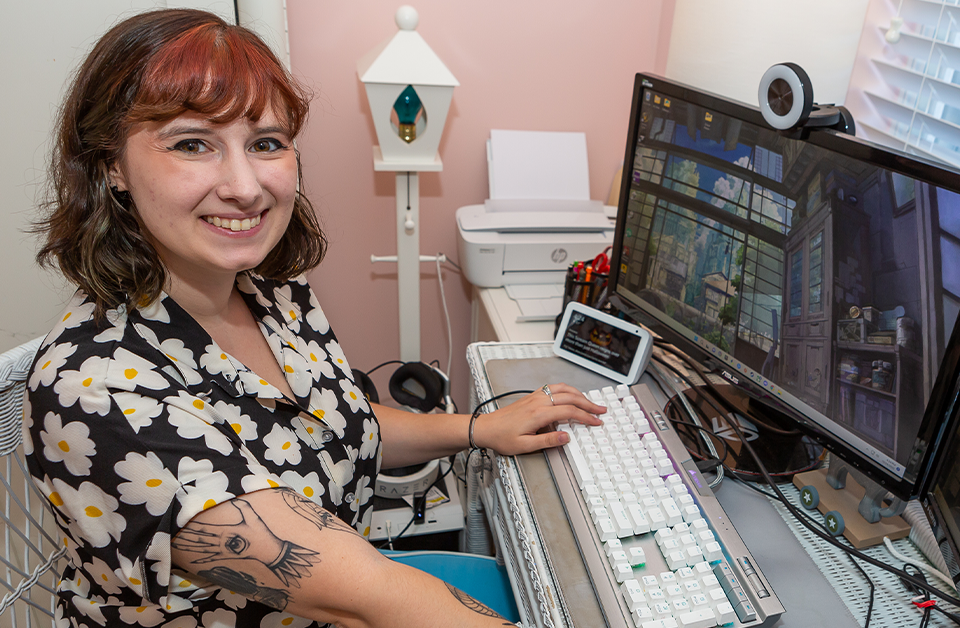
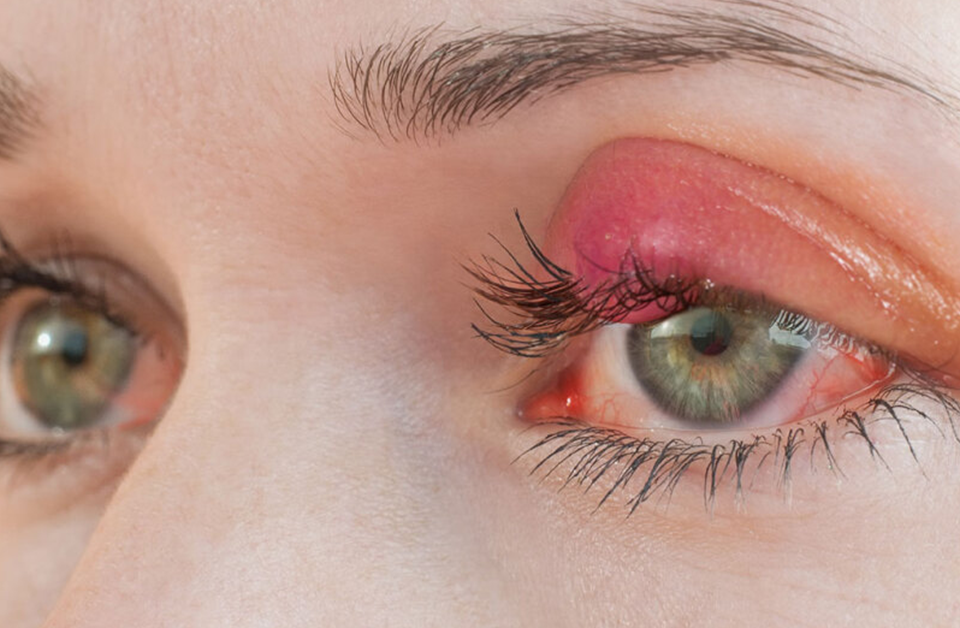
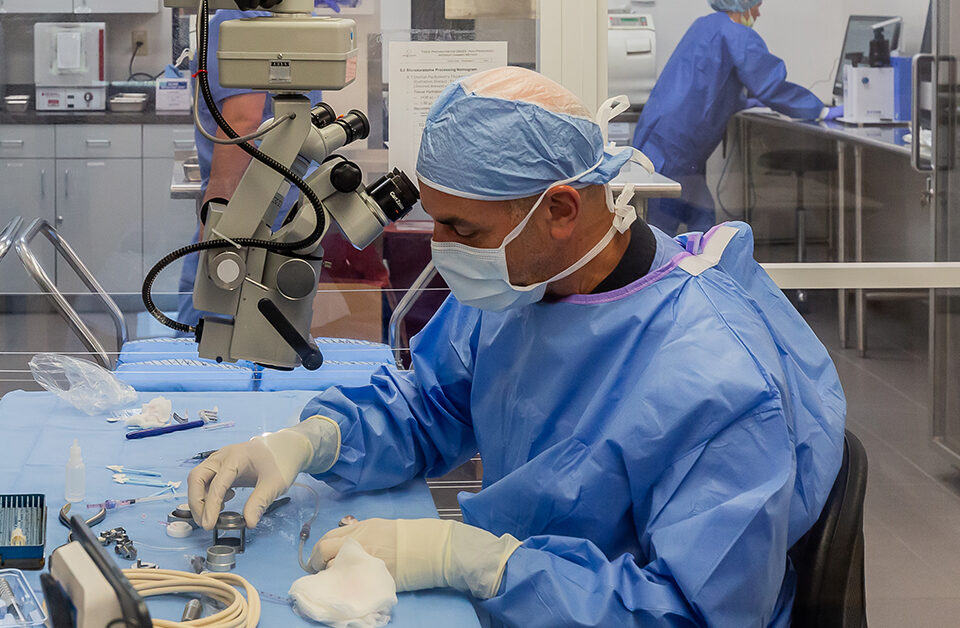

Leave a Reply